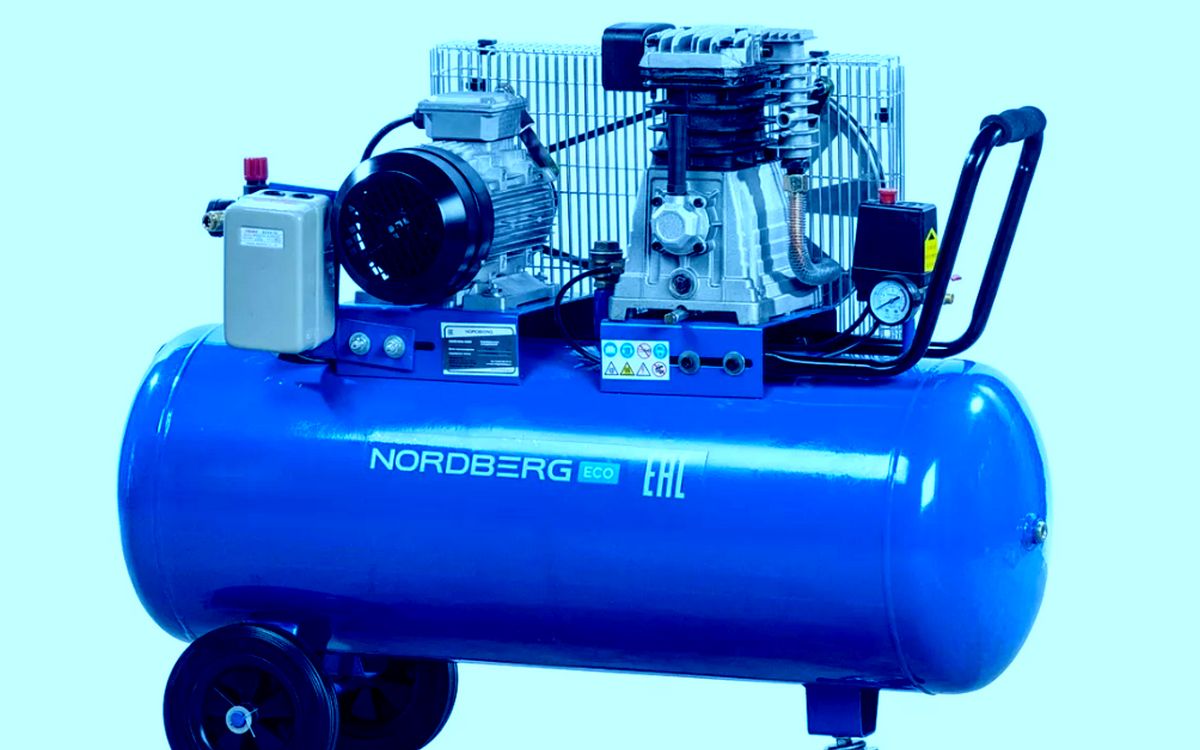Reciprocating Compressor repair and maintenance is a must to maximize its productivity. This air compressor has various parts in addition to its pistons that must cooperate to reduce wear and tear. However, the reciprocating air compressor has fewer parts than other air compressors, which means lower maintenance expenses.
Maintenance
Conducting routine maintenance inspections is essential when utilizing a reciprocating air compressor. Manufacturers frequently suggest repair kits and offer detailed maintenance schedules. It is important to follow these schedules to keep thecompressor operating at peak efficiency. This also helps prevent premature wearand tear that can lead to compressor failure. Following these tips, you can run preventative maintenance checks on your reciprocating compressor and ensure its reliable long-term operation.
Troubleshooting
There are a variety of steps you can take to troubleshoot a reciprocating compressor. These steps include looking for unusual noises, changes in pressures and temperatures, and changes in the flow rate. In general, you should check the pressure switch to ensure it matches the pressure in the tank and then checks the electrical connections. In most cases, you can test the pressure switch by pushing it with a finger.
Valve failure
Valve failure is a common cause of unscheduled compressor shutdowns, which can significantly reduce throughput and efficiency. The most common cause of valve failure is a leak. Valve leakages may not be safety-relevant if detected early, but if not seen, they may result in complete loss of compression and seizing of crosshead wrist pins. Therefore, it is important to continuously monitor reciprocating compressors to avoid valve failure and improve uptime.
Vibration
Reciprocating compressors are subjected to high levels of vibration. In some cases, this vibration may be the cause of damage. If this happens, you should have your compressor repaired as soon as possible.
Oil level
If you’re in the market for reciprocating compressor repair, one of the first things you should do is check the oil level. This should be done at least three to four times a week. The oil level of a reciprocating compressor can be measured using a sight glass or a dipstick. Dipsticks are calibrated, whereas sight glasses are not. You should make sure the oil level in your reciprocating compressor is at least two-thirds full. Otherwise, you may risk engine damage if there’s an oil leak. You should also check for oil pooling.
Duty cycle
The duty cycle of a reciprocating compressor is the amount of time the compressor operates. This number is normally specified in the manual, but you should contact the manufacturer if it’s not. Excessive duty cycles are not recommended, as they can cause premature wear and tear.
To Sum Up
For longevity and greater output, compressor repair and maintenance are essential. While many people think the repair is just routine wear and tear and can be done without difficulty, we advise contacting a business that specializes in the area, such as Al Ghaima Engineering Company.
Skydiver, feminist, band member, Mad Men fan and holistic designer. Acting at the crossroads of modernism and intellectual purity to craft delightful brand experiences. Let’s design a world that’s thoughtful, considered and aesthetically pleasing.
